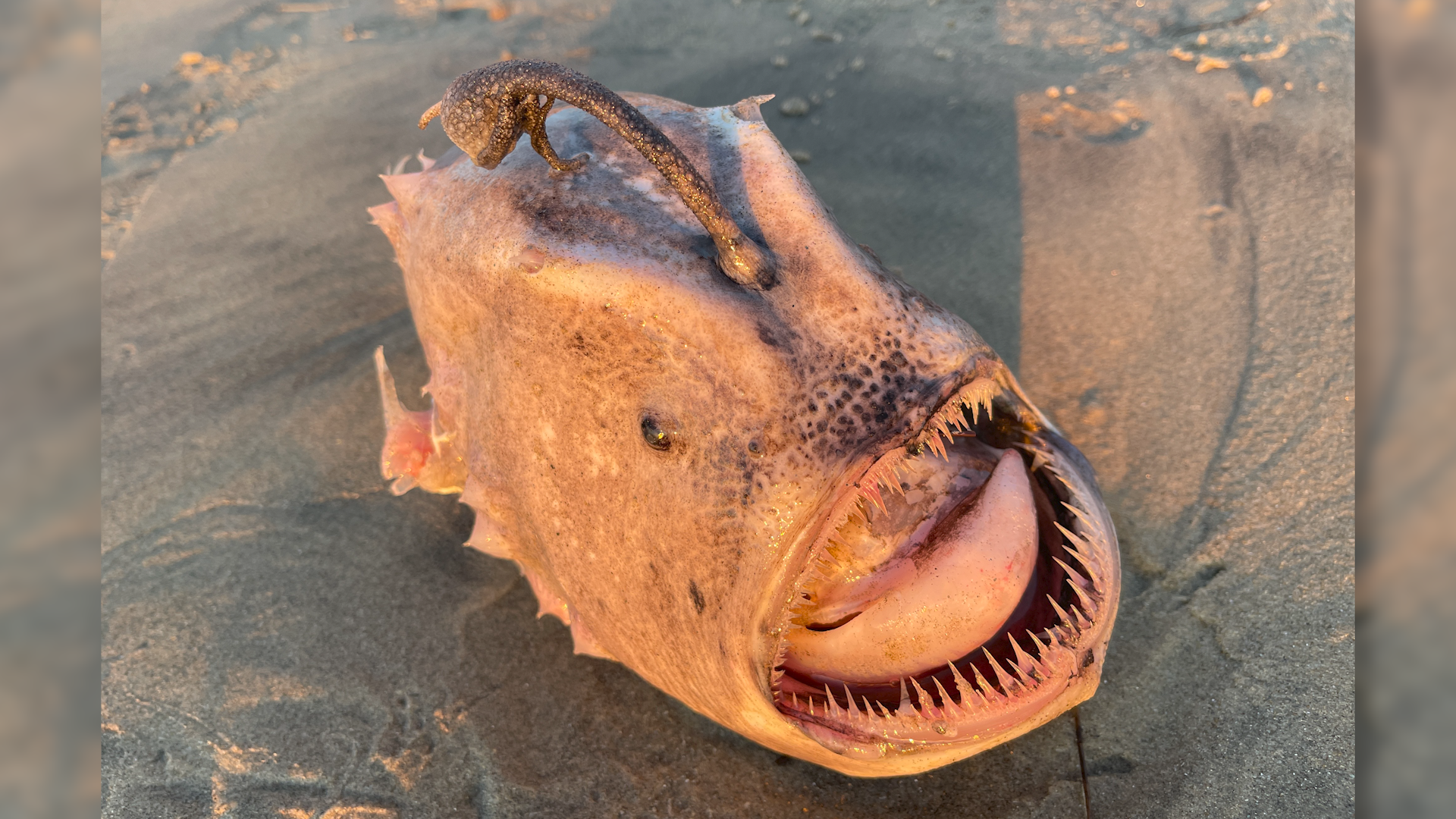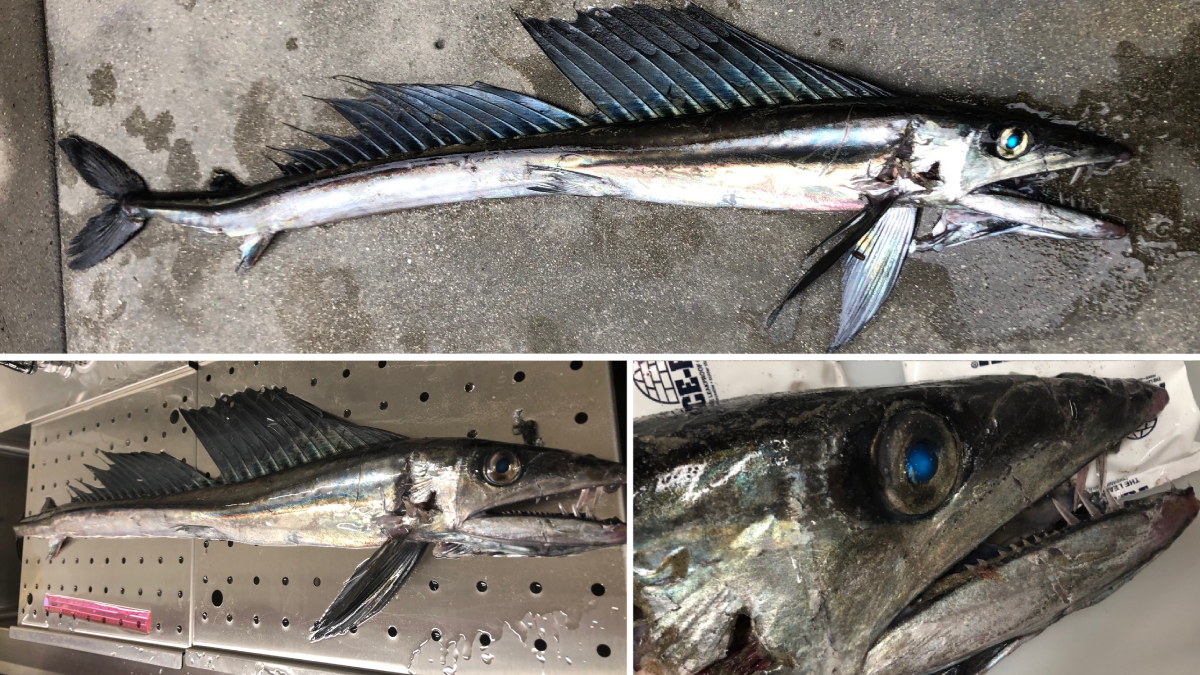They are there and you don’t even know it. Swimming underneath your surfboard. Coasting along only feet away while you swim offshore.
The good news: Apparently, the great white sharks don’t care.
“Chances are, if you’re swimming in the ocean, you’re swimming with sharks, whether you know it or not,” said Chris Lowe, of the Shark Lab at Long Beach State.
Get San Diego local news, weather forecasts, sports and lifestyle stories to your inbox. Sign up for NBC San Diego newsletters.
Researchers at the Shark Lab just released a study saying juvenile great white sharks are congregating year-round very close to shore off both San Diego and Santa Barbara. The study also discovered that sharks are regularly swimming uncomfortably close to people — but with no interaction.
“It was actually shocking how many times a day sharks get within 60 feet of a swimmer or a surfer, and they didn’t know it,” Lowe said with a smile.
Shark Lab researchers tracked the great whites with drones flying over 24 California beaches during a two-year study. They discovered juvenile sharks between the ages of 1-5 were present 97% of the time near people off San Diego and Santa Barbara. They said drone footage regularly found sharks within 100 yards of people.
“When you’re a surfer and you’re lying on your board, or you’re a swimmer, you can’t see the sharks even if they’re right underneath you, but from the air, we can easily see them,” Lowe explained. “White sharks in particular are really good about not being seen because that’s their mode as being a predator, is not being seen.”
San Diego Marine Life
Predator. That’s the red-flag word that gets everyone’s attention. Lowe said the study shows it may be a gross overreaction.
“What this study really shows is that’s happening every single day at some beaches," Lowe said. "Nobody’s being bitten. Nobody’s being bothered. Maybe [the sharks] are learning to identify people like, ‘That’s a swimmer.' 'That’s a surfer.' 'That’s a standup paddle boarder.' 'They’re not food and as long as they’re not bothering me, they’re no threat.’ ”
No attacks were reported by a shark at any of the 26 beaches during their two-year study, according to Lowe, who believes humans aren’t a shark’s favorite menu item.
“They’re out for the biggest bang for the buck, and seals and sea lions have a very high fat content relative to us," Lowe said. "We’re very low-fat.”
Shark Lab researchers don’t know for sure why sharks don’t attack people when they’re so close, but they intend to figure it out.
“We are now embarking on another study, trying to understand if sharks can hear people," Lowe said. "Different water users do swimmers elicit different sounds than surfers or paddlers,."
In the meantime, Lowe recommends that people treat sharks like all wild animals and leave them alone.
“If we start to change that behavior, if we start chasing sharks around to try to get selfies with them or get close and touch them, that’s when things can change,” Lowe said. “If we just keep minding our own business, they’ll do the same.”
Lowe said the water is warmer closer to shore and a perfect training ground for younger sharks. He admitted that he doesn't know where “teenage” sharks go but said full-size adult great whites tend to travel alone in more open water, living upward of 70 years.



